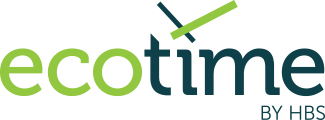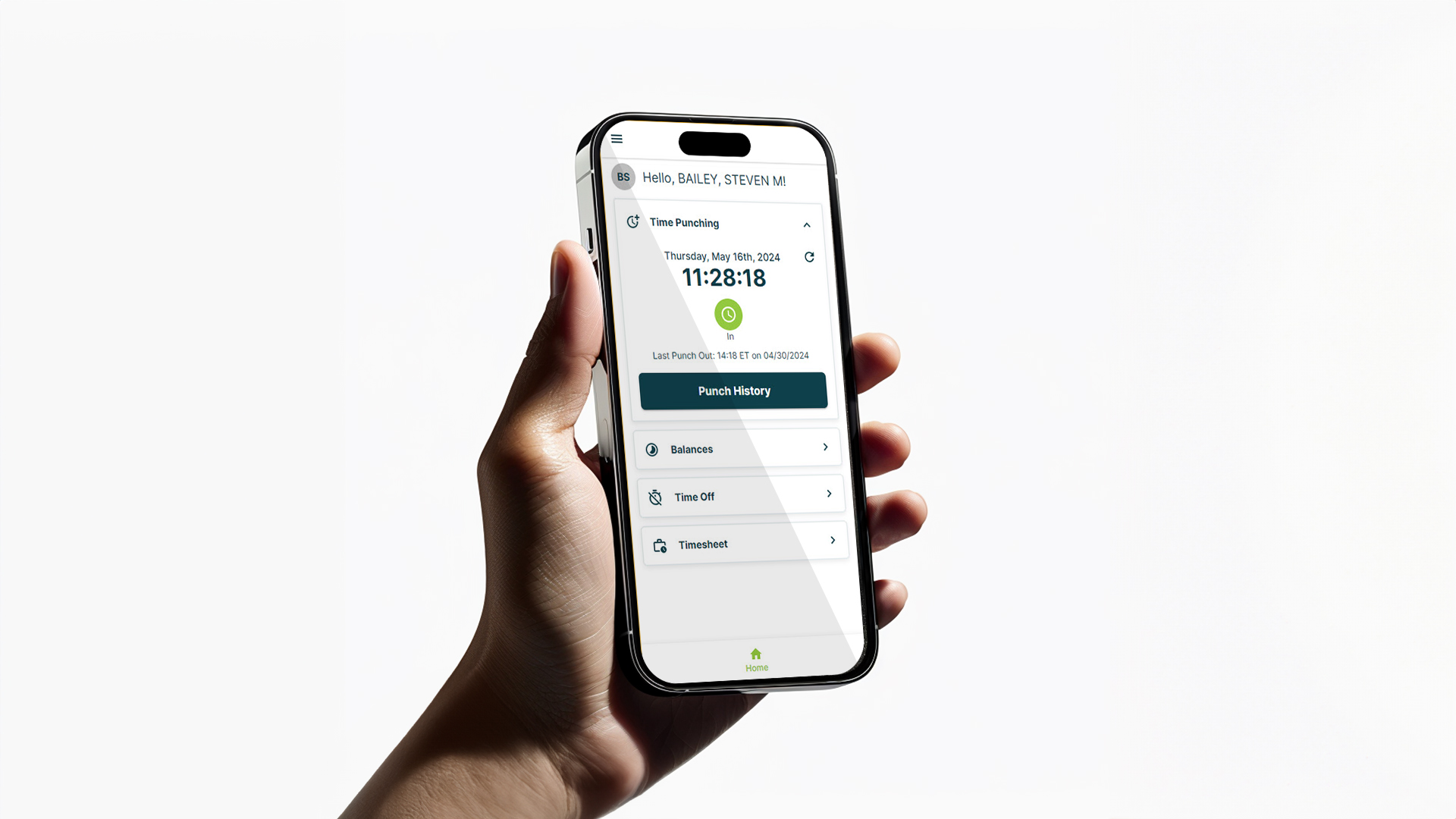How to Convince Your Organization You Need a New Time and Attendance System
Changes in the workforce and new labor laws make managing time and attendance processes more complex—and render legacy time and attendance software, paper, and spreadsheet processes obsolete. You know a modern time and attendance system would mean increased efficiency and greater accuracy. However, you must convince decision-makers at your organization that it’s the right move.
This four-point SBAR (situation, background, analysis, and recommendation) framework will guide you in how to build a case effectively, clearly communicate the need, and demonstrate the value of a new employee time tracking solution.
1. Situation
The first step is to clearly state your problem. To do this, start to document how time and attendance are currently tracked in your organization. Creating an accurate picture of how your organization manages these tasks requires more than copying a few pages from the employee handbook or an HR procedures manual. Meet with your team to discuss what those processes look like in practice, noting redundancies, workarounds, wasted time, and other pain points the system creates.
A comprehensive description of the situation, including the problems your organization needs to solve, creates the basis for the request to upgrade to a new employee time tracking system.
2. Background
A compelling business case must include data to back it up. A description of your organization’s current time and attendance situation could be interpreted as anecdotes and opinions; however, the background focuses on undeniable facts.
Investigate how many hours it takes to process payroll manually, how often errors occur, and how long it takes to correct them. Report the instances in which your team adjusted time or pay retroactively and the time and resources involved. Additionally, evaluate your current system’s reporting functionality. Does your team piece together information from multiple sources rather than accessing all necessary information at once? They could be devoting that time to other, more critical tasks. Include employees’ hourly wages to show the costs of wasted time.
Additionally, perform research to confirm that there are better ways of doing things. Modern time and attendance systems streamline compliance with labor laws, increase time tracking accuracy, and give leadership real-time visibility into labor costs and other operational information. Also, consider the viability of a time and attendance implementation plan that includes a move from an on-premise system to the cloud. This can decrease the maintenance burden on the IT department and support stronger security for sensitive data.
3. Analysis
Using the data collected in the background step, provide a realistic assessment of the benefits and the risks of upgrading to a new system. Enlist help from your IT and finance departments, lines of business managers, and other people the change will affect to create a thorough analysis. System vendors can also provide information that’s useful in your analysis, from initial pricing and ongoing costs to timelines for implementation. They may also be able to provide you with case studies and success stories of businesses similar to yours that are reaping the benefits of modern time and attendance software.
Your analysis should give decision-makers an accurate estimated return on investment (ROI) for the new employee time tracking system implementation specific to your operation.
4. Recommendation
The final step is making a recommendation, drawing a logical conclusion based on the situation, background, and analysis. Your recommendation will reflect where your organization is in the project:
- Early: Propose you investigate vendor offerings following the processes defined by your organization. Some may require issuing a Request for Proposal (RFP). Perhaps your organization requires departments to submit project ideas. Ultimately the project needs to be approved and funded.
- Mid-Project: After monitoring the progress and testing, recommend adaptations to reach the project goal faster or more efficiently.
- Scaling: After implementation and use, you may see opportunities to benefit from scaling the project or expand training to get more value from it.
Your recommendation should be concise but powerful. Let decision-makers know the best course is to move forward.
Find a Champion for Your Project
Early in your project, enlist an executive sponsor to back your cause. Explaining the situation to a member of the C-suite focused on increasing efficiency and controlling costs can enable you to have a powerful influencer in your organization who will ensure your proposal gets the attention it deserves throughout the decision-making process. This executive, acting as your advocate, can also provide you with guidance on how to build your case, providing you with insight into what decision-makers will be most interested in, such as cost reduction, time savings, reduced complexity, and enhanced employee experiences.
Ecotime Is Ready to Help You Build Your Business Case
If you’ve assessed your situation and can see that it’s time for a change to a modern solution, you’ll need facts that show an upgrade will benefit your business. Working with a vendor with years of expertise and a track record of successful solution deployments is a valuable source of information and guidance as you develop your business case and beyond to create a successful time and attendance implementation plan.
Start today to identify your pain points and research options to learn more about employee time tracking systems designed to solve them. You’ll see what’s possible by requesting a free demo of Ecotime today!












